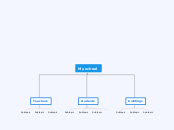a Jeny Garst 6 éve
183
CL Canvas Module
High school teachers interested in Project Based Learning can benefit from integrating Connected Learning Principles into their classroom instruction. These principles support 21st-century learning by encouraging academic orientation, peer support, shared purpose, production-centered activities, and interest-powered engagement.









